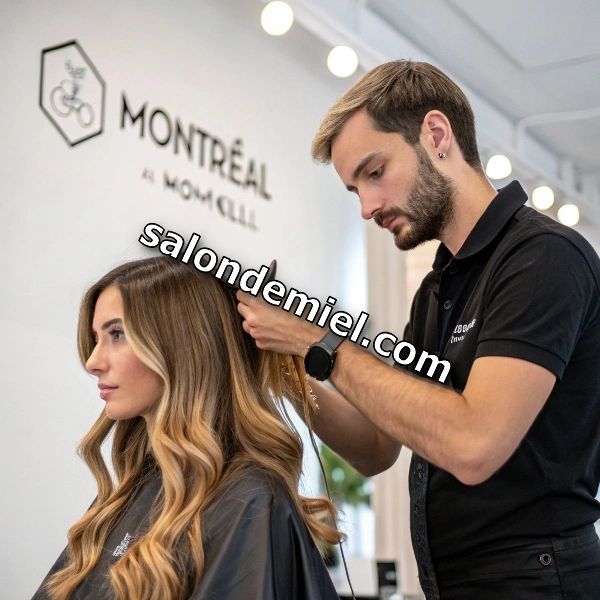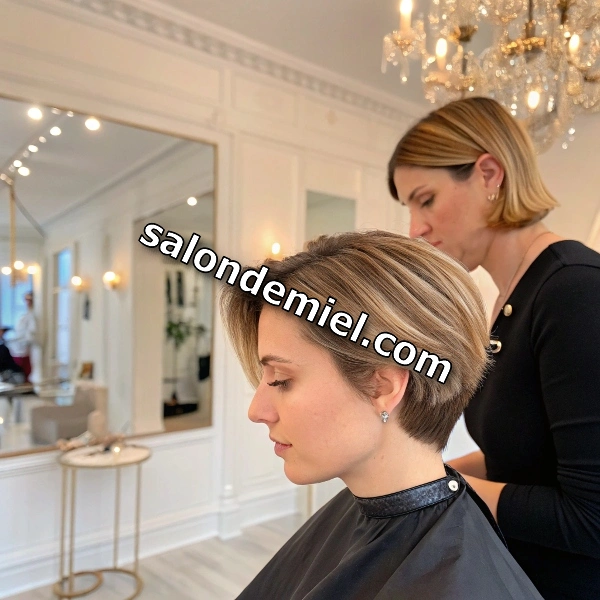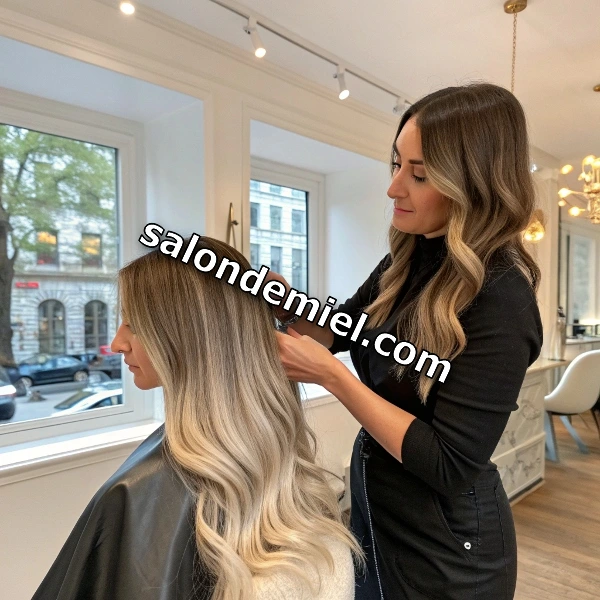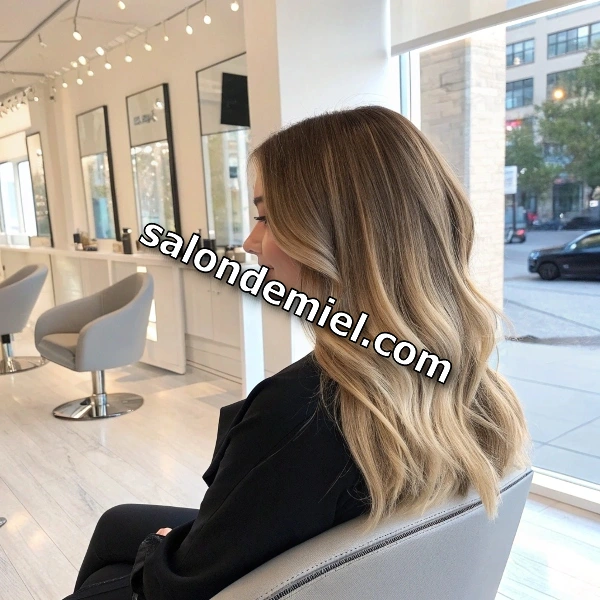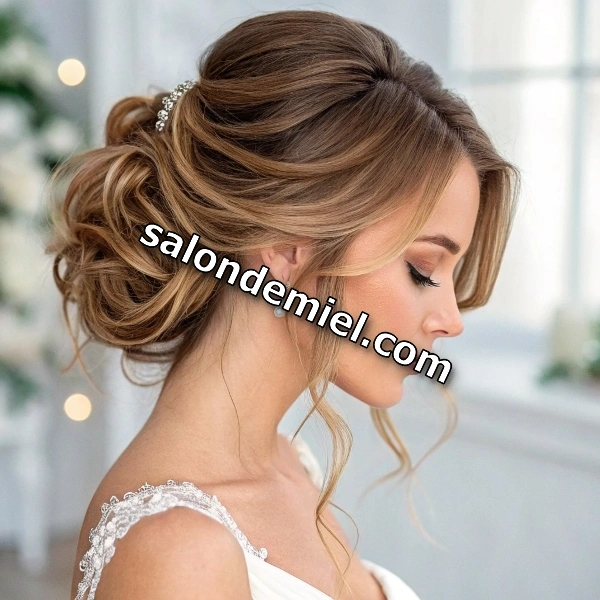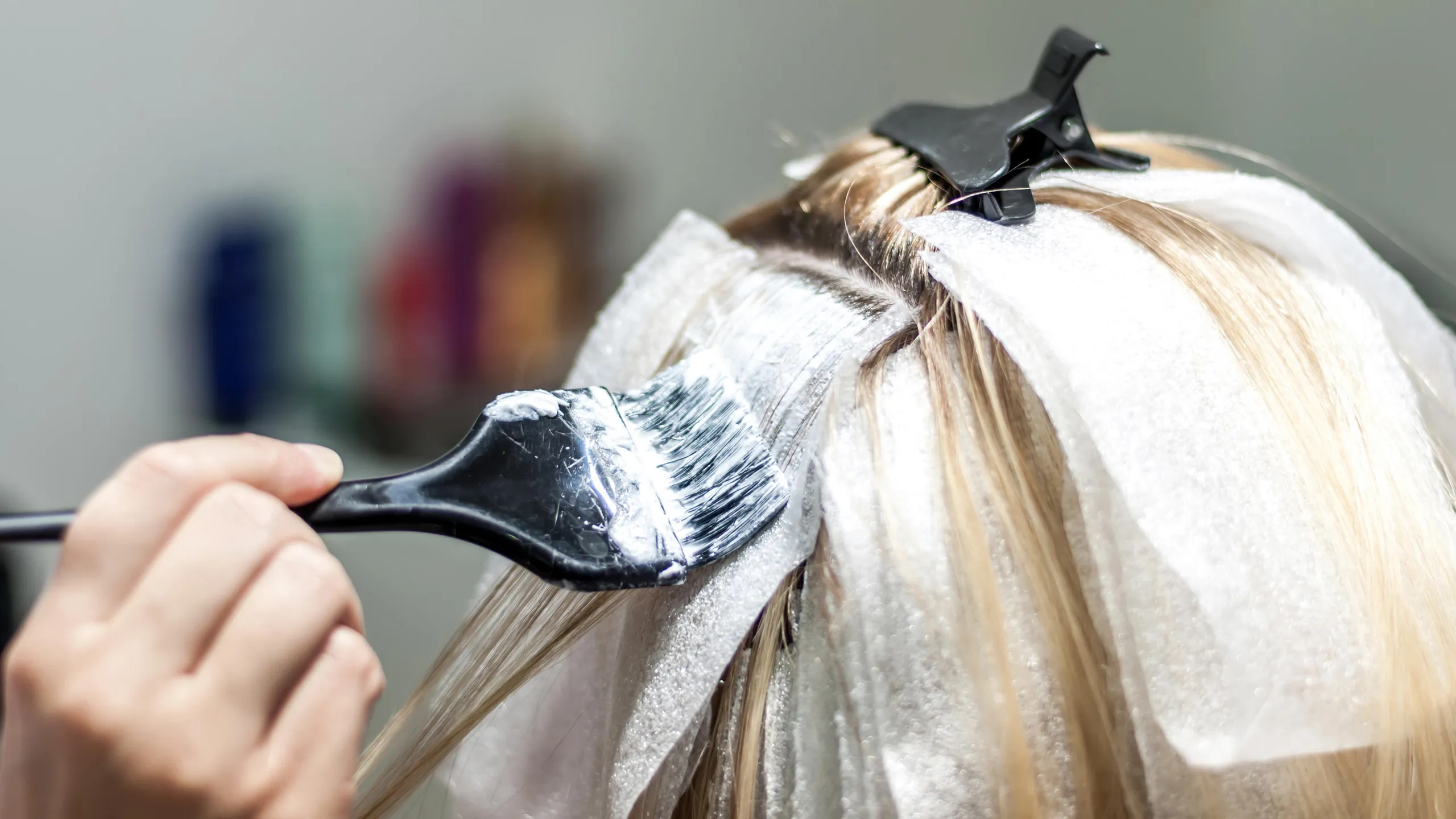The Ultimate Guide to Hair Bleaching: Everything You Need to Know
Are you dreaming of going blonde, but unsure of how to tackle the process? Do you want to know the difference between hair bleaching and hair coloring? Is bleaching damaging for your hair? How can you maintain healthy bleached hair? And most importantly, what do you need to know to avoid making costly mistakes when bleaching your hair? If you’re curious about these questions, you’ve come to the right place! This comprehensive guide on hair bleaching will give you all the insights, tips, and tricks you need to achieve stunning, vibrant blonde locks.
Whether you’re going platinum blonde or lightening your dark hair to a more natural shade, this guide will cover every step of the way.
What is Hair Bleaching?
Hair bleaching is a process that involves using chemicals, usually hydrogen peroxide and bleach powder, to lighten your natural hair color. The bleach works by breaking down the natural pigment (melanin) in your hair, allowing for a much lighter shade. The result is hair that’s several shades lighter than your natural color, ranging from honey blonde to platinum blonde and beyond.
Bleaching is often used as a first step to achieving vibrant hair colors, as it provides a blank canvas for further color applications. However, it’s important to understand that bleaching is a different process from hair dyeing. While hair dye deposits color onto your hair, bleach actually strips the pigment out, which is why it’s more intense and requires more careful handling.
How Does Hair Bleaching Work?
The bleaching process works by opening up the cuticle (the outer layer of the hair) and allowing the bleach to penetrate the hair shaft. Once inside, the bleach lifts the melanin in the hair, breaking it down. The more melanin that is broken down, the lighter the hair becomes.
Bleaching can be done in various ways, depending on how light you want your hair to be and the method you choose. The most common types of bleach used for hair are:
- Powdered bleach – This is mixed with a developer to form a paste and is used for full hair lightening.
- Cream bleach – A gentler form of bleach often used for highlights and more controlled lightening.
- Pre-mixed bleach – This comes ready to use and is often designed for at-home applications.
It’s crucial to understand that while hair bleaching can provide beautiful results, it’s also a strong chemical process that can cause damage if not done correctly.
How to Bleach Your Hair at Home: Step-by-Step
If you’re planning to bleach your hair at home, it’s essential to be well-prepared and understand the steps. Below is a detailed step-by-step guide to bleaching your hair at home.
1. Choose the Right Bleaching Kit
The first step is choosing the right bleaching kit for your needs. Make sure to choose a product that’s suitable for your hair type. Some kits are designed specifically for dark hair, while others are made for lighter shades. It’s also a good idea to choose a bleach kit that includes everything you need, including a developer, bleach powder, gloves, and a mixing bowl.
2. Protect Your Skin
Bleach can be irritating to the skin, so it’s essential to protect yourself during the process. Apply petroleum jelly along your hairline and on your ears to prevent bleach from coming into contact with your skin. It’s also a good idea to wear an old shirt or a protective cape to avoid staining your clothes.
3. Mix the Bleach
Follow the instructions on your bleach kit to mix the bleach powder and developer. The ratio of bleach to developer will vary depending on the product, but typically, it’s one part bleach to two parts developer. Make sure to mix the bleach thoroughly until it forms a smooth, creamy paste.
4. Section Your Hair
Before applying bleach, divide your hair into sections. This will help you apply the bleach evenly and ensure that no section is missed. Typically, you’ll want to section your hair into four parts: two on the sides, one on top, and one at the back.
5. Apply the Bleach
Starting at the tips of your hair, apply the bleach mixture to each section, working your way up to the roots. Be sure to saturate each strand of hair with the bleach mixture. If you’re aiming for an ombre or balayage effect, apply the bleach more heavily towards the ends and less at the roots.
6. Monitor the Processing Time
The bleach needs time to lift the color, but you must monitor it closely to avoid over-processing. Check your hair every 10 minutes to assess the lightening process. Depending on how light you want your hair, this could take anywhere from 30 to 60 minutes. Do not leave bleach in your hair for more than the recommended time, as it can cause severe damage.
7. Rinse and Condition
Once your hair has reached the desired level of lightness, it’s time to rinse out the bleach. Use lukewarm water and rinse thoroughly until all the bleach is removed. Follow with a deep conditioner to replenish moisture, as bleach can be very drying.
8. Tone Your Hair
After bleaching, you may notice yellow or orange tones in your hair. This is common, especially for darker hair that has been lightened. To fix this, use a purple or blue toner to neutralize the warm tones and achieve a cooler blonde shade. Toners help to bring your bleached hair closer to the desired blonde.
How to Maintain Bleached Hair
Bleached hair requires extra care to stay healthy and vibrant. Here are some essential tips to maintain your newly lightened locks.
1. Use Sulfate-Free Shampoo
Sulfates can strip moisture from your hair, which is especially harmful to bleached hair. Use a sulfate-free shampoo to help maintain hydration and protect your color.
2. Deep Condition Regularly
Bleaching can make your hair dry and brittle, so deep conditioning is essential. Use a deep conditioning mask or treatment once a week to nourish and repair your hair.
3. Protect Your Hair from Heat Styling
Bleached hair is more prone to damage from heat, so minimize the use of flat irons, curling irons, and blow dryers. If you must use heat, always apply a heat protectant spray to reduce damage.
4. Get Regular Trims
Bleached hair is more susceptible to split ends, so regular trims are essential. Getting a trim every 6 to 8 weeks will help keep your hair healthy and prevent breakage.
5. Use Purple Shampoo
To keep your blonde hair from turning brassy, use purple shampoo once or twice a week. Purple shampoo neutralizes the yellow and orange tones in your hair, helping to maintain a cooler, more vibrant blonde.
Common Mistakes to Avoid When Bleaching Your Hair
While bleaching can lead to stunning results, there are several common mistakes that people often make. Here’s what to avoid when lightening your hair.
1. Over-Processing Your Hair
One of the biggest mistakes people make when bleaching their hair is leaving the bleach on for too long. This can lead to severe damage, breakage, and even hair loss. Always follow the recommended processing time for the bleach and monitor your hair closely.
2. Not Using Enough Conditioner
After bleaching, your hair can become dry and fragile. If you skip the conditioner or use too little, your hair may feel brittle and lack shine. Be sure to use plenty of conditioner and follow up with a deep conditioning treatment.
3. Trying to Bleach Your Hair Too Light in One Session
If your hair is very dark, trying to go platinum blonde in one session can cause excessive damage. It’s best to bleach your hair in stages, lightening it gradually over time to minimize damage.
4. Ignoring the Health of Your Hair
Bleaching can be harsh on your hair, so it’s crucial to pay attention to its health. Avoid frequent bleaching and give your hair time to recover in between treatments.
Conclusion
Hair bleaching is a transformative process that can open the door to a world of stunning blonde shades. However, it’s essential to approach it with care and attention to avoid damage. By understanding the process, choosing the right products, and following a solid hair care routine, you can achieve beautiful, healthy bleached hair that shines with vibrancy.
FAQs:
- Is hair bleaching damaging? Yes, bleaching can be damaging if not done properly, as it involves removing natural pigments from the hair. However, with the right care, you can minimize damage.
- How often can I bleach my hair? It’s best to wait at least 6 to 8 weeks between bleaching sessions to allow your hair time to recover.
- Can I bleach my hair at home? Yes, but it’s important to follow all instructions carefully and do a strand test to ensure the bleach will work as expected.
- How long does hair bleaching take? The bleaching process usually takes 30 to 60 minutes, depending on the desired lightness and your hair type.
- What can I do if my hair turns orange after bleaching? Use a purple or blue toner to neutralize the warm, orange tones and achieve a cooler, blonde color.

